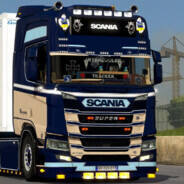Raid 0 and Raid 1 Combo
-
Topics
-
neSSa ·
Posted in Build Logs0 -
El Gurra ·
Posted in New Builds and Planning0 -
Ozzieh_man ·
Posted in New Builds and Planning1 -
0
-
5
-
2
-
ViciousRaptor ·
Posted in Troubleshooting7 -
0
-
KennethC90 ·
Posted in Cases and Mods1 -
ComputerOuchies ·
Posted in Troubleshooting1
-
-
play_circle_filled

Latest From Linus Tech Tips:
He Spent 3 YEARS Begging me for a PC. Good Luck Finding it!


.jpg.5cc14cacf0bfa9d58de316927a37ec08.jpg)














Create an account or sign in to comment
You need to be a member in order to leave a comment
Create an account
Sign up for a new account in our community. It's easy!
Register a new accountSign in
Already have an account? Sign in here.
Sign In Now